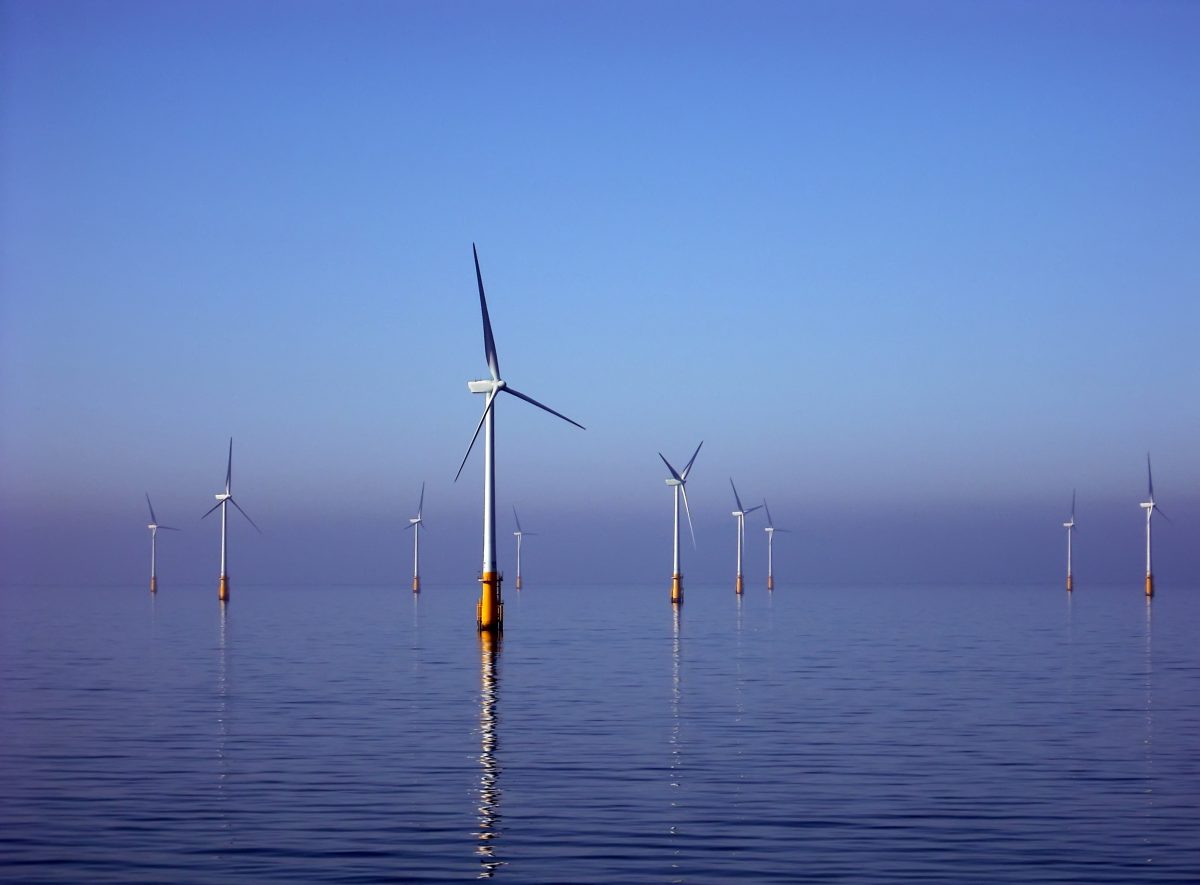
WILMINGTON – Heat records have broken across Europe and the U.K., claiming hundreds of lives. Forests in burn-scarred areas of California may not recover because of the severity of wildfires in that state. Cities from the northeastern United States to the west coast are opening cooling centers as a reprieve from heat wave after heat wave sweeping the country.
These are a sampling of extreme weather-related events headlining the news this week.
Sponsor Spotlight
On Tuesday, the day the United Kingdom broke its highest temperature on record, about 150 people gathered in Wilmington to discuss an alternative energy source that would stop the addition of carbon dioxide, a culprit of global warming, emitted into the atmosphere from more traditional power production.
One theme that emerged at the North Carolina Offshore Wind and Wildlife Solutions Summit is that the impacts of wind energy development off the coast will be a tradeoff to the impacts of climate change.
During the daylong summit, panelists, including scientists, environmental advocates and a commercial fisherman, talked about the need for studies specific to the East Coast and North Carolina to understand how the construction and subsequent operation of hundreds of wind turbines will impact fish, marine mammals, including the critically endangered North Atlantic right whale, birds and bats.
Panelists talked about the rich and widely diverse species that live below and above the ocean’s surface off the North Carolina coast.
Sponsor Spotlight
Research on how those species may be affected would help frame how to mitigate impacts throughout construction and into operations, including things like lighting installed on the turbines, how cables are placed along or under the ocean floor and the speed at which turbine propellers turn.
“It’s important as we think about the impacts or the effects of wind on wildlife to think about them in two different ways,” said Curtis Smalling, Audubon North Carolina’s director of conservation. “What is the effect? What is the impact of that? Are we losing habitat?”
What are the cumulative effects of thousands of wind turbines towering out of the Atlantic off the U.S. eastern seaboard if all of the wind energy areas, or WEAs, are eventually developed, he asked.
“All of those things play into this,” he said. “Different species use these habitats in different ways at different times. We want responsibly sited (wind farms) when the debate now is what does that mean exactly.”
The National Audubon Society’s 2019 climate report found that two-thirds of America’s birds are threatened with extinction from climate change. The report states that the outcome for 76% of those birds will be different if the rise in global temperature is limited.
North Carolina is currently the southernmost state on the East Coast tapped for offshore wind development.
The Kitty Hawk WEA and Wilmington East WEA are under lease. These areas have the combined potential to generate upwards of 4 gigawatts of power, the equivalent output of four nuclear power plants.
Existing studies on the impacts of offshore wind farms to wildlife are primarily out of Europe, which has been utilizing the technology since the early 1990s.
Duke University is part of a collaboration of researchers working on a comprehensive evaluation of the potential effects of offshore wind development along the East Coast on marine life.
The collaboration, known as Wildlife and Offshore Wind, or WOW, aims to “provide a long-term, adaptive roadmap for efficient and effective assessment of the potential effects of offshore wind on marine life, from siting through operation,” according to its website.
Patrick Halpin, a professor at Duke’s Nicholas School of the Environment, is one of the lead investigators on the research project.
He said that while there are many lessons to be learned from Europe, none include the impacts of offshore wind operations to large, migratory whales.
The coast of North Carolina is an important part of the distribution of North Atlantic right whales, said Bill McLellan, an expert in marine mammal stranding and co-lead of the University of North Carolina Wilmington’s Marine Mammal Stranding Program.
The North Atlantic right whale population is down to 336 individuals, he said. There are now a known 80 reproductive females within that population.
“We know the numbers are precise and we know the population is in decline,” McLellan said.
North Atlantic right whales are experiencing an increase in motion noise and there has been a spike in the number of vessel strikes in the whale’s critical habitat, which runs from Florida to North Carolina, he said.
There is concern about how whales may be affected during construction of offshore wind areas and how they will behave around operating wind fields.
“I think right whales could be using those areas,” McLellan said. “There’s a potential that these right whales could find these wind fields fabulous.”
But, he said there’s also the potential the whales will not like the noise wind fields generate.
Habitat altered by the placement of wind turbines and the possible effects to benthic-feeding fish also need additional studies, experts say.
There are areas within both the Kitty Hawk and Wilmington East WEAs crucial to commercial and recreational fishermen.
Scott Baker, a fisheries specialist with North Carolina Sea Grant, said that North Carolina is second only to Florida in the number of for-hire and recreational fisheries.
Where North Carolina shines, he said, is in the diversity of fish found off its coast thanks to its location.
Cape Point, an offshore area around Cape Hatteras, is where two major North American currents come together.
Here the warm waters from the Gulf Stream meet the cool waters from the Labrador Current, an area populated with bigeye tuna, yellowfin tuna and swordfish.
Cape Point is within the Kitty Hawk WEA.
Commercial fisherman Dewey Hemilright is a fisheries representative of the Kitty Hawk WEA. He said he thinks the lack of information about the impacts to fish is, “going to hurt us.”
“What we all want to have is more information,” said Roger Shew, senior lecturer in geology at UNCW. “There’s your nature-based system that we really need to be considering.”
Targeting species, looking at the declining species, those that might be threatened, and examining commercial and recreational fisheries will be valuable information to gather, he said.
Audubon North Carolina, National Wildlife Federation, North Carolina Coastal Federation, which publishes Coastal Review, Sierra Club North Carolina, and the Southern Environmental Law Center hosted the summit.







